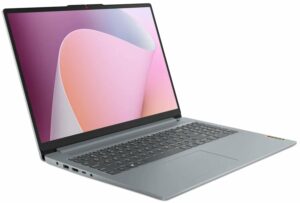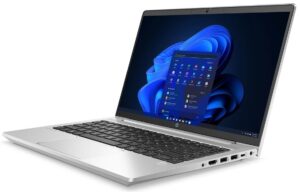Lenovo IdeaPad Slim 5 (14 AMD, Gen 8) review – cool, quiet, and powerful
Temperatures and comfort, Battery Life
Max CPU load
In this test we use 100% on the CPU cores, monitoring their frequencies and chip temperature. The first column shows a computer’s reaction to a short load (2-10 seconds), the second column simulates a serious task (between 15 and 30 seconds), and the third column is a good indicator of how good the laptop is for long loads such as video rendering.
Average core frequency (base frequency + X); CPU temp.
| AMD Ryzen 7 7730U (15W TDP) | 0:02 – 0:10 sec | 0:15 – 0:30 sec | 10:00 – 15:00 min |
|---|---|---|---|
| Lenovo IdeaPad Slim 5 (14″ AMD, Gen 8) | 2.56 GHz @ 56°C @ 28W | 2.55 GHz @ 63°C @ 27W | 2.49 GHz @ 67°C @ 24W |
| Acer Aspire 5 (A515-48M) | 3.17 GHz @ 63°C @ 44W | 2.97 GHz @ 71°C @ 37W | 3.02 GHz @ 82°C @ 37W |
The laptop’s cooling system performs kind of expected given the compact body. No matter the load, the CPU clocks are around 2.5 GHz (which is higher compared to the based frequency of 2.0 GHz), the temperatures are under 70°C in prolonged periods of stress, and the power limit is above the base value of 15W. That’s ok for a small device like this one. Sure, the Acer Aspire 5 (A515-48M) is doing a better job, but it’s a standard 15-incher and the cooling has more space for proper “breathing”.
Comfort during full load
As you can see from the table above, this device is tuned for lower temperatures while the frequencies of the CPUs are averagely high. The fan isn’t loud at all, you can hear it in longer loads, but it’s near-quiet. The center of the keyboard is getting warm when the processor is under 100% stress but the thermals are fine for normal usage. The left palm rest area is a bit warm as well, but it’s okay too. This applies only when the laptop is fully stressed. During normal usage, the notebook is even quieter and cooler. Especially if you use the “Intelligent Cooling” or the “Battery Saving” mode.

Battery
Now, we conduct the battery tests with Windows Better performance setting turned on, screen brightness adjusted to 120 nits and all other programs turned off except for the one we are testing the notebook with. Our unit is equipped with the bigger 56.6Wh battery model (there is a smaller 47Wh variant). Our unit has enough juice for 14 hours and 17 minutes of Web browsing, or 12 hours and 30 minutes of video playback. This is a great result for such a modest capacity!
In order to simulate real-life conditions, we used our own script for automatic web browsing through over 70 websites.
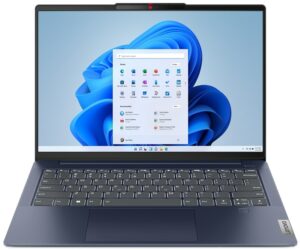
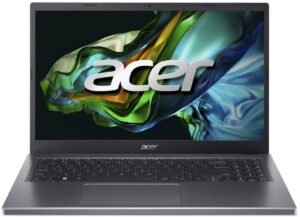
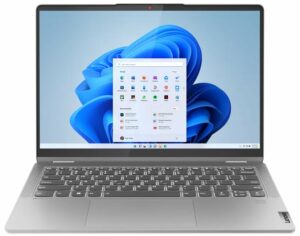
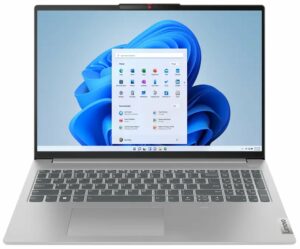
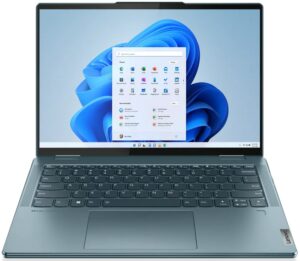
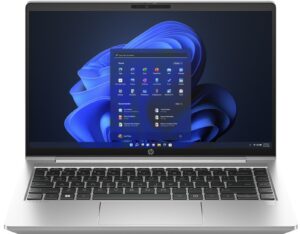
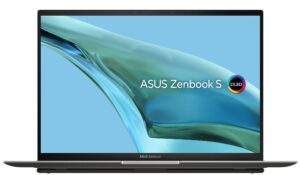
For every test like this, we use the same video in HD.







